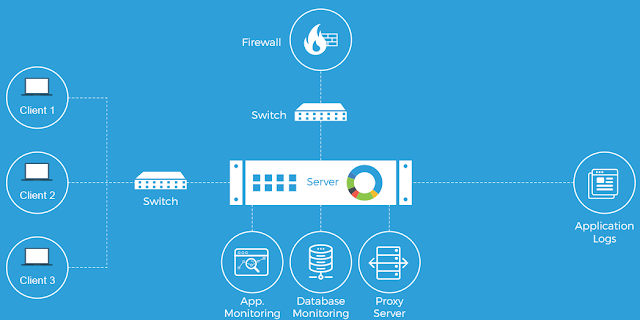The Role of Synthetic Monitoring in API Performance Optimization
Introduction
APIs (Application Programming Interfaces) are the backbone of modern applications, facilitating seamless communication between different software components and services. As businesses rely more on APIs for critical operations, ensuring their performance, availability, and reliability becomes a top priority. This is where synthetic monitoring plays a crucial role. By using a synthetic monitoring tool, organizations can proactively test and analyze APIs to detect potential issues before they impact end users.
What is Synthetic Monitoring?
Synthetic monitoring is a proactive approach to performance monitoring that simulates user interactions and transactions with an API. Instead of waiting for real users to report problems, synthetic monitoring tools execute pre-defined tests on APIs at regular intervals to measure response times, uptime, and functionality.
How Synthetic Monitoring Optimizes API Performance
Proactive Issue Detection
By continuously running synthetic tests, organizations can identify slow response times, failed requests, or incorrect data returns before users encounter them.Benchmarking and Performance Analysis
Synthetic monitoring helps measure API performance across different environments, allowing teams to set benchmarks and optimize speed and reliability.Load Testing and Scalability Assessment
Organizations can use synthetic monitoring tools to simulate heavy API traffic and assess how well the system handles high demand.Monitoring Third-Party API Dependencies
Many applications rely on third-party APIs. Synthetic monitoring helps track their availability and response times to ensure smooth integration.Ensuring API SLAs (Service Level Agreements)
By analyzing logs and monitoring API performance, businesses can ensure that service providers meet agreed-upon performance levels.
Enhancing API Security with Synthetic Monitoring
Detecting Unauthorized Access Attempts
Synthetic monitoring can help identify unusual API behavior that might indicate security threats such as unauthorized access or DDoS attacks.Validating Authentication and Authorization Mechanisms
By continuously testing authentication processes, synthetic monitoring ensures APIs remain secure against unauthorized use.Preventing Data Leaks and Malformed Requests
Synthetic monitoring tools can simulate incorrect API calls to check if proper error-handling and security measures are in place.Compliance and Regulatory Monitoring
For industries with strict data regulations, synthetic monitoring ensures APIs maintain compliance with GDPR, HIPAA, and other standards.
Best Practices for Implementing Synthetic Monitoring for APIs
Define Key Performance Indicators (KPIs): Identify essential metrics such as response time, uptime, and error rates.
Use Multiple Test Locations: Run tests from different geographical locations to measure global API performance.
Integrate with Log Monitoring: Combine synthetic monitoring with log analysis tools to get deeper insights into API issues.
Automate Alerting and Reporting: Set up alerts for performance deviations and generate regular reports for proactive optimization.
Regularly Update Test Scenarios: Adjust test scripts to cover new API endpoints and features as the system evolves.
Conclusion
Synthetic monitoring plays a vital role in ensuring API performance, reliability, and security. By leveraging a synthetic monitoring tool to analyze logs and detect performance bottlenecks, organizations can proactively optimize their API infrastructure. Implementing a robust synthetic monitoring strategy helps prevent downtime, improve user experience, and maintain compliance with industry standards.
Read Also:
How Observability Improves Data Quality for Training AI/ML Models



Comments
Post a Comment